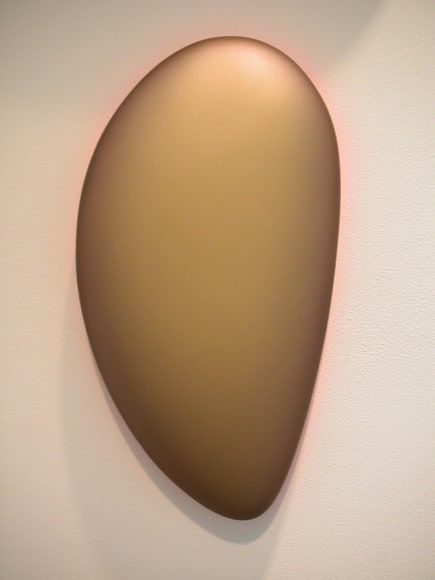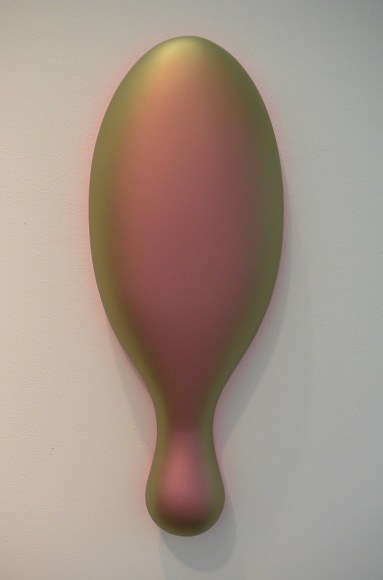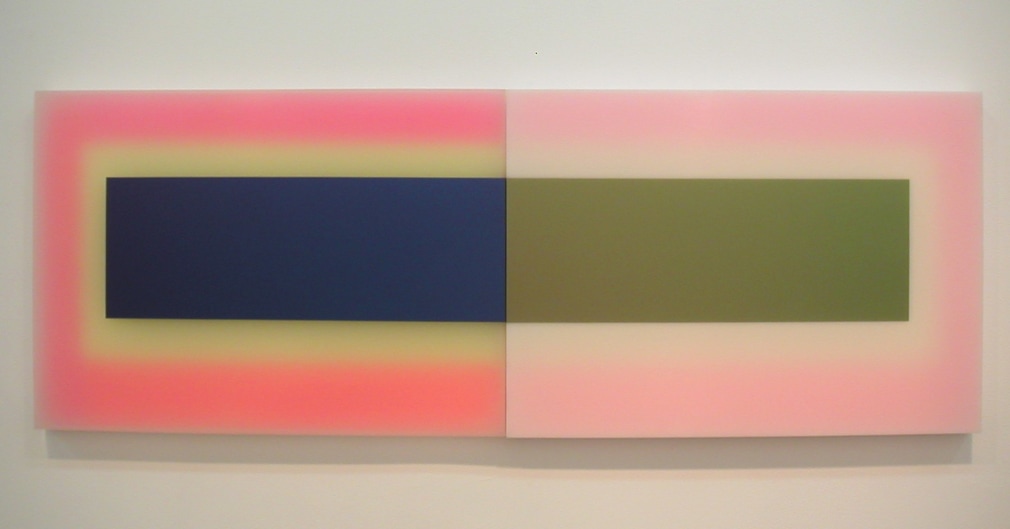The work of the artist Christa Winter initiates a new approach to seeing and perceiving
art. Her work needs to be studied from different standpoints – because their colors
change with the angle of vision and with the distance, depending on what side or on
what level they are viewed from. Every picture contains a huge potential for color shiftsfloating
color.
Christa Winter’s works are not the province of optical muddle, but of facts. It’s not only
chance that governs them, but also the analytical and foresighted thinking. The beholder
tends to pick a preferred spot and to remain there. But he or she soon abandons it,
leaving behind what is now familiar. The fascination with experiencing change grows,
and in this way the beholder actually becomes a part of that change process.
Her high-tech paintings react organically or viably to the beholder. A mixture of
pigments and lacquers forms the base material. The technical carrier element or medium
is made up of microscopically small transparent particles, in the different reflection
surfaces of which the light is refracted many times and projected back like interference.
It is well known that a prism refracts a beam of white light into every color of the
rainbow, and small raindrops are prisms too. Thus, a wall of raindrops turns light into a
virtually distorted color picture: the rainbow. In a similar way, the reflection surfaces act
on the picture system of Christa Winter. They are scientifically tamed and controlled
rainbows with colors that the beholder can control by changing his or her position. In
the old days they called it “magic”, today: smart.



